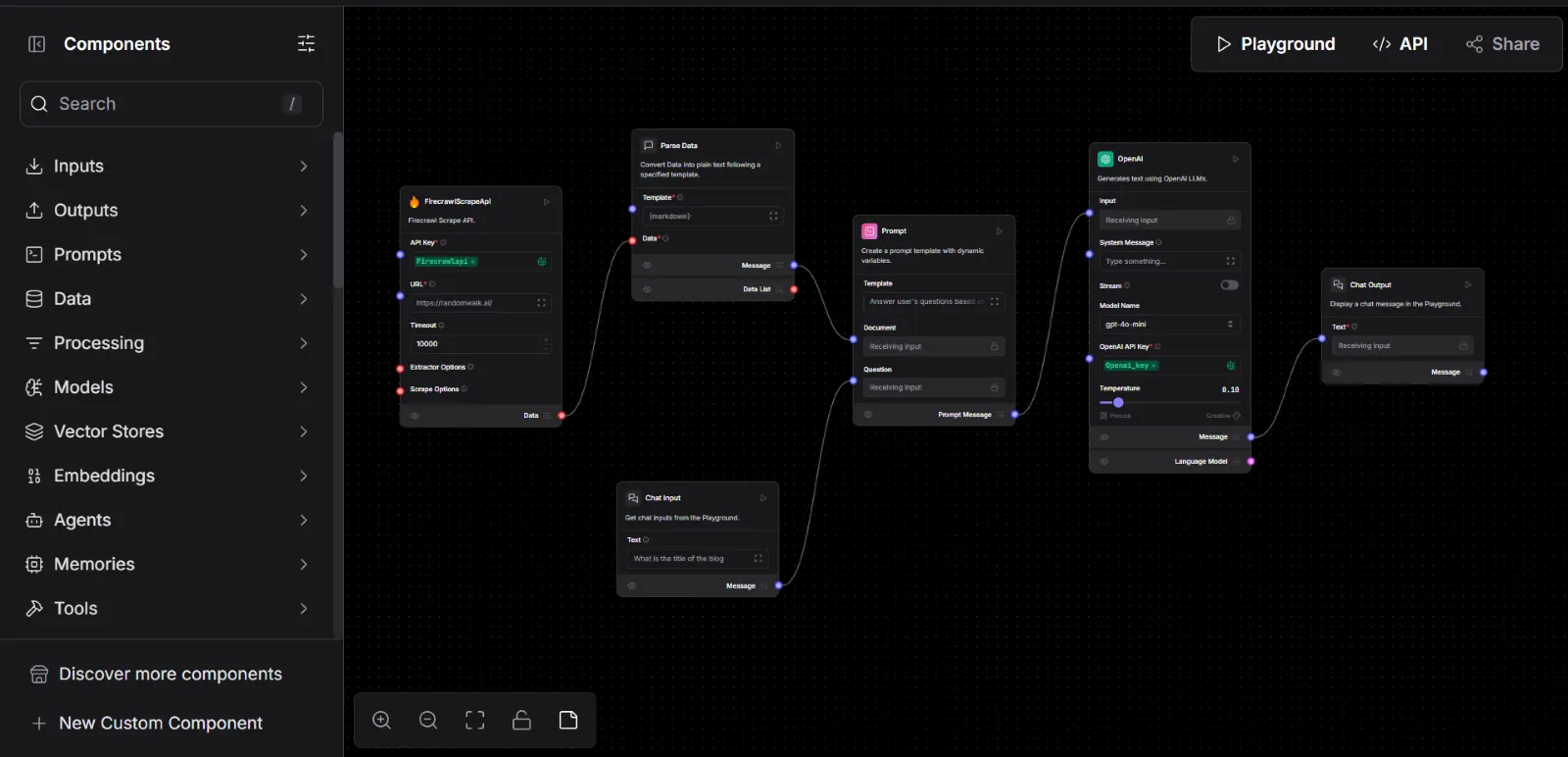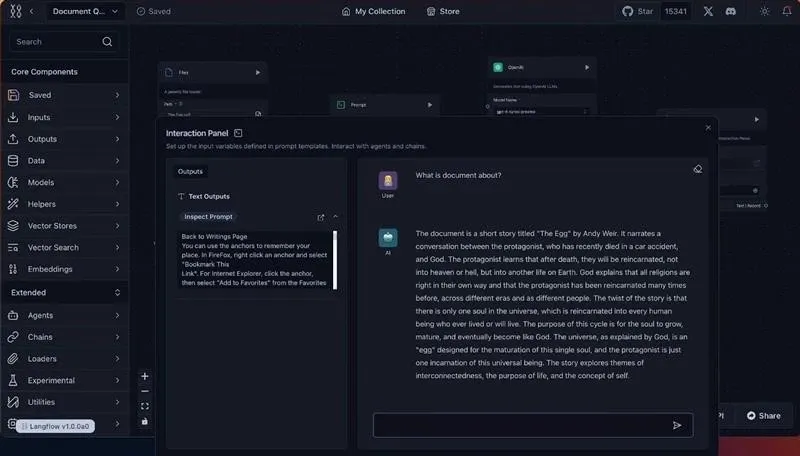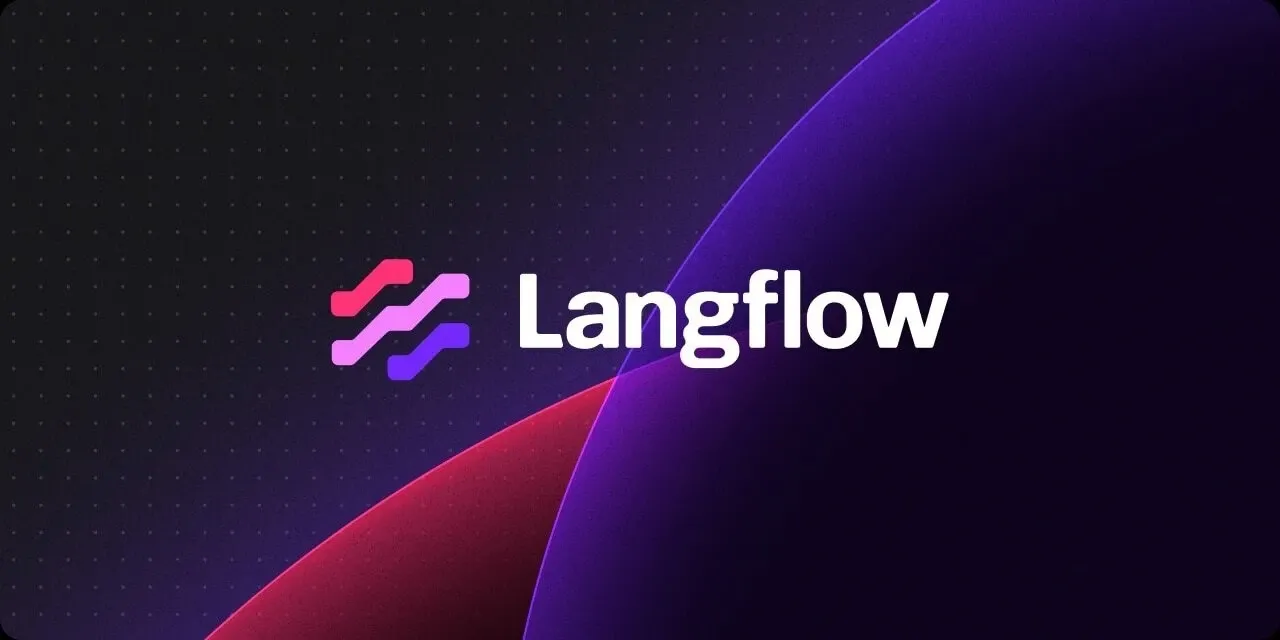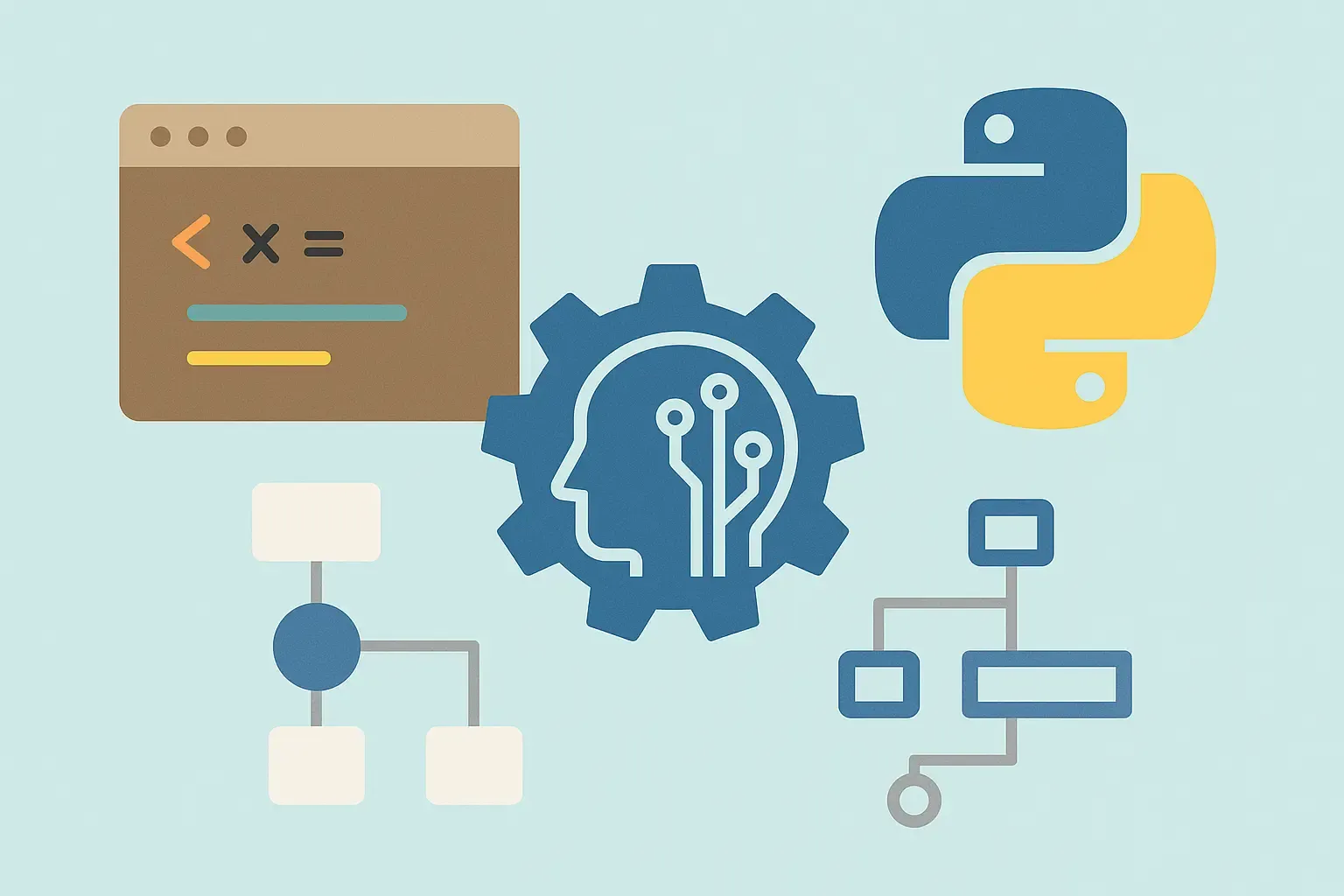In the ever - evolving landscape of AI development, Langflow emerges as a game changer. It is an open source, Python powered framework designed to simplify the creation of multi agent and retrieval augmented generation (RAG) applications. With its intuitive visual interface, Langflow enables developers to prototype, customize, and deploy AI powered solutions with ease - without being locked into a specific LLM or vector store.
What Makes Langflow Stand Out?
Langflow is built with flexibility and accessibility in mind, catering to both beginners and experienced AI developers. Here’s why it stands out -
1. Visual AI Workflow Builder
Traditional AI development often requires extensive coding, but Langflow introduces a drag and drop interface that allows users to connect AI components seamlessly. This no-code or low-code approach elevates experimentation and deployment.
2. Multi Agent and RAG Capabilities
Langflow is designed to support multi agent workflows, meaning developers can create AI systems that involve several autonomous agents collaborating on tasks. Also, it enhances retrieval augmented generation (RAG), enabling AI models to fetch relevant data dynamically rather than relying solely on pre trained knowledge.
3. Open Source and Fully Customizable
Unlike many proprietary AI platforms, Langflow is completely open-source, allowing developers to modify and extend its functionalities as required. Whether integrating new vector databases, fine tuning LLMs, or customizing workflows, Langflow offers the freedom to build AI solutions without constraints.
4. LLM and Vector Store Agnostic
One of Langflow’s greatest strengths is its compatibility with various LLMs and vector databases. Whether you prefer OpenAI’s GPT models, Anthropic’s Claude, or open-source alternatives like Llama, Langflow can seamlessly integrate them. Similarly, it supports different vector stores for efficient data retrieval.
Building Multi Agent Systems with Unprecedented Ease
Multi-agent AI represents the next frontier in artificial intelligence, where multiple specialized AI agents collaborate to solve complex problems. Langflow makes building these systems remarkably straightforward:
From Complexity to Simplicity
With Langflow, creating multi-agent systems becomes as simple as:
Real-World Impact: Customer Experience Transformation
Imagine a customer support ecosystem where -
- ● A router agent classifies incoming customer inquiries
- ● A knowledge agent retrieves relevant information from company databases
- ● A creative agent generates personalized responses
- ● A quality control agent ensures accuracy and brand voice consistency
With Langflow, this entire system can be visualized, built, and deployed without writing thousands of lines of code.
How Langflow Enhances RAG Applications
Retrieval-Augmented Generation (RAG) improves AI generated responses by incorporating external knowledge sources. Langflow makes implementing RAG seamless by -
- ● Connecting to Vector Databases: Integrate with Pinecone, FAISS, Weaviate, or ChromaDB for efficient retrieval.
- ● Context-Aware Responses: Augment LLM outputs with real-time, relevant information.
- ● Easy Data Preprocessing: Visually map how external knowledge is fetched and processed before AI response generation.
Use Case Example: AI-Powered Research Assistant
Using Langflow, a researcher can -
- ● Create a pipeline where an AI assistant retrieves academic papers.
- ● Summarize key findings using an LLM.
- ● Cross-check information with external APIs.
Getting Started with Langflow
1. Install Langflow
To start using Langflow, install it via pip -
pip install langflow2. Launch the Visual Interface
langflow runThis opens up a browser based visual interface where you can start building your AI workflows.
3. Drag, Drop & Connect
- ● Use pre-built AI blocks to design multi agent AI workflows.
- ● Connect them to LLMs, vector databases, APIs, and custom scripts.
- ● Test your pipeline in real-time.

Use Cases for Langflow
Langflow can be utilized for a variety of AI applications, including:
- ● Intelligent Chatbots: Developers can create sophisticated chatbots using Langflow's visual interface and integration with LLMs.
- ● Document Analysis Systems: The framework supports building systems for analysing documents by leveraging vector search and machine learning models.
- ● Content Generation: Langflow can be used to generate compelling content by combining retrieval augmented generation techniques with large language models.
- ● Multi Agent Applications: It facilitates the creation of multi agent systems where agents can communicate and collaborate to achieve complex tasks.
Benefits of Using Langflow
- ● Rapid Prototyping: Visual interface allows developers to quickly bring ideas into working prototypes, reducing development time, and enhancing productivity.
- ● Flexibility and Customization: It’s agnostic nature and support for custom components enables developers to customize their applications according to specific requirements.
- ● Scalability: Langflow supports one click deployment at large scale, making it applicable for both small prototypes and large-scale AI applications.

Langflow is beyond just framework. It’s a revolutionary approach to build AI applications with speed, flexibility, and scalability. By combining a visual workflow builder with multi agent orchestration and retrieval augmented generation (RAG) capabilities, it enables developers to go beyond the boundaries of what AI can achieve.
Its open-source nature ensures that innovation remains unrestricted, allowing integrations seamlessly with various LLMs and vector databases. Whether you're prototyping an AI assistant, designing an intelligent automation system, or optimizing RAG pipelines, Langflow provides an ecosystem where creativity meets efficiency and effectiveness.
In a world where AI development is rapidly evolving, Langflow stands as a bridge between complexity and usability - helping developers transform ideas into real world AI solutions with ease. The future of AI is here, and with Langflow, you’re equipped to build it.






